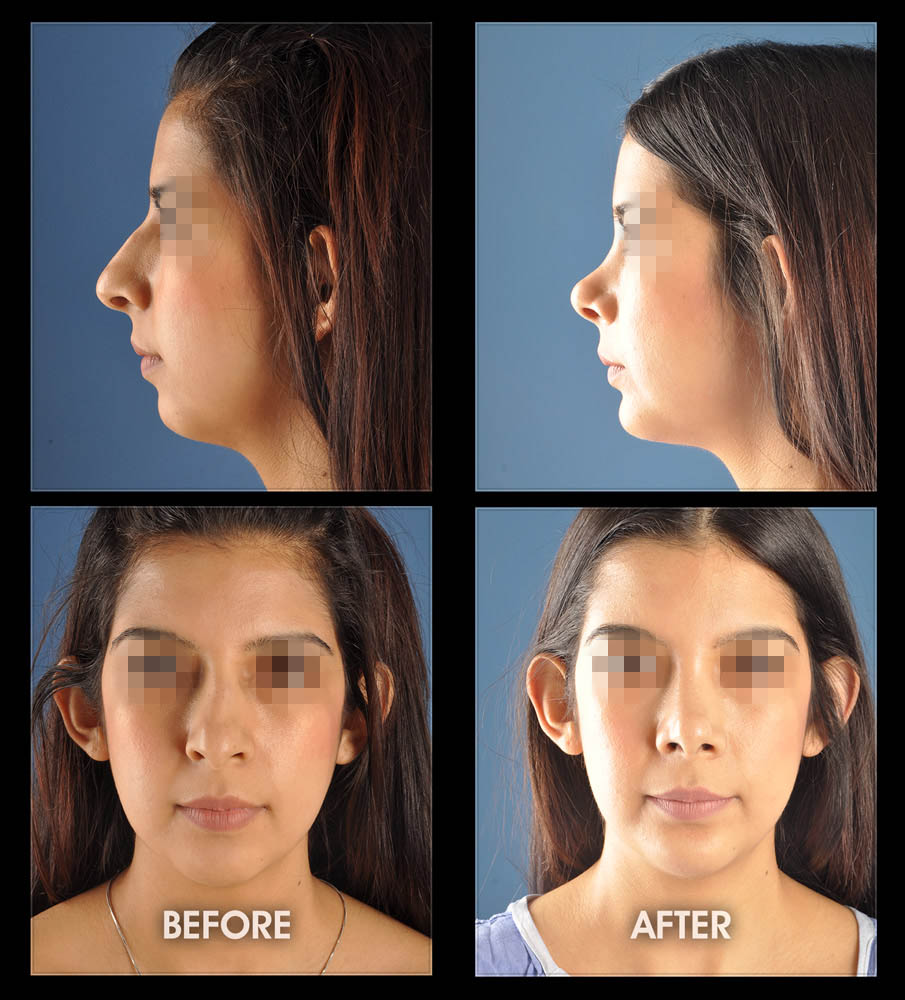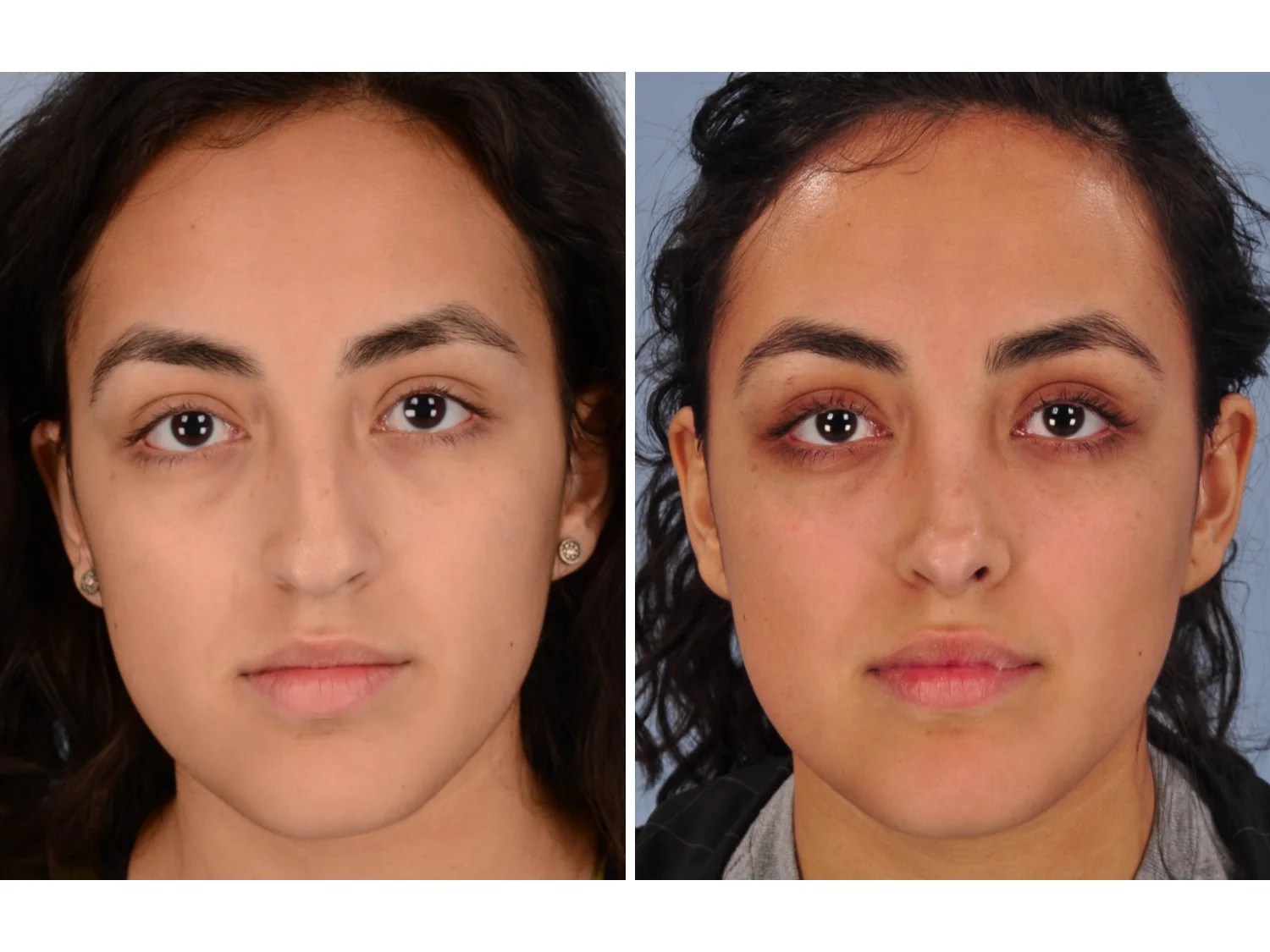Rhinoplasty Surgery Austin Can Be Fun For Anyone
Table of ContentsNose Job Can Be Fun For EveryoneThe smart Trick of Austin Rhinoplasty That Nobody is DiscussingThe Single Strategy To Use For Rhinoplasty Surgery Austin
The septum is quadrangular; the upper half is flanked by 2 (2) triangular-to-trapezoidal cartilages: the upper lateral-cartilages, which are fused to the dorsal septum in the midline, and laterally connected, with loose ligaments, to the bony margin of the pyriform (pear-shaped) aperture, while the inferior ends of the upper lateral-cartilages are totally free (unattached).Beneath the upper lateral-cartilages lay the lower lateral-cartilages; the paired lower lateral-cartilages swing outwards, from median accessories, to the caudal septum in the midline (the medial crura) to an intermediate crus (shank) location. Lastly, the lower lateral-cartilages flare outwards, above and to the side (superolaterally), as the lateral crura; these cartilages are mobile, unlike the upper lateral cartilages.
e., an outward curving of the lower borders of the upper lateral-cartilages, and an inward curving of the cephalic borders of the alar cartilages. The type of the nasal subunitsthe dorsum, the sidewalls, the lobule, the soft triangles, the alae, and the columellaare set up in a different way, according to the race and the ethnic group of the patient, thus the nasal physiognomies denominated as: African, platyrrhine (flat, large nose); Asiatic, subplatyrrhine (low, wide nose); Caucasian, leptorrhine (narrow nose); and Hispanic, paraleptorrhine (narrow-sided nose).

The internal nasal valve makes up the location bounded by the upper lateral-cartilage, the septum, the nasal flooring, and the anterior head of the inferior turbinate. In the narrow (leptorrhine) nose, this is the narrowest portion of the nasal respiratory tract. Typically, this location needs an angle greater than 15 degrees for unblocked breathing; for the correction of such narrowness, the width of the nasal valve can be increased with spreader grafts and flaring stitches.
Nasal anatomy: The philtrum. The surgical management of nasal problems and defects divides the nose into six structural subunits: (i) the dorsum, (ii) the sidewalls (paired), (iii) the hemilobules (paired), (iv) the soft triangles (paired), (v) the alae (paired), and (vi) the columella. Surgical correction and restoration comprehend the whole structural subunit affected by the flaw (wound) or deformity, therefore, the whole subunit is remedied, especially when the resection (cutting) of the defect encompasses more than half of the subunit.
Not known Incorrect Statements About Rhinoplasty Surgery Austin
The nasofrontal angle, try here between the frontal bone and the nasion usually is 120 degrees; the nasofrontal angle is more intense in the male face than in the female face. The nasofacial angle, the slope of the nose relative to the plane of the face, is around 3040 degrees. The nasolabial angle, the slope in between the columella and the philtrum, is roughly 9095 degrees in the male face, and roughly 100105 degrees in the female face.
When observed from listed below (worm's- eye view), the alar base sets up an isosceles triangle, with its peak at the infra-tip lobule, immediately underneath the idea of the nose. The facially proportionate projection of the nasal tip (the distance of the nose's suggestion from the face) is determined with the Goode Technique, where the forecast of the nasal suggestion ought to be 5560 percent of the distance in between the nasion (nasofrontal junction) and the tip-defining point.
The Goode Approach identifies the extension of the nose from the facial surface area by understanding the range from the alar groove to the suggestion of the nose, and then relating that measurement (of nasal-tip forecast) to the length of the nasal rhinoplasty surgery austin tx dorsum. The nasal forecast measurement is gotten by delineating a best triangle with lines parting from the nasion (nasofrontal point) to the alarfacialgroove. nose job austin tx.
55:1 to 0. 60:1, is the perfect nasal-tip-to-nasal-length projection. Nose Surgery: Nasal Class I - rhinoplasty austin tx. The Roman nose. (Nasology Eden Warwick, 1848) Rhinoplasty: Nasal Class II. The Greek nose. (Nasology Eden Warwick, 1848) Nose Surgery: Nasal Class III. The African nose. (Nasology Eden Warwick, 1848) Nose Job: Nasal Class IV. The Hawk nose. (Nasology Eden Warwick, 1848) Nose Job: Nasal Class V.
( Nasology Eden Warwick, 1848) Nose Job: Nasal Class VI. The celestial nose. (Nasology Eden Warwick, 1848) To figure out the patient's viability for undergoing a nose job treatment, the cosmetic surgeon clinically assesses him or her with a complete case history (anamnesis) to identify his/her physical and psychological health. The prospective client should discuss to the physiciansurgeon the practical and visual nasal issues that he or she suffers.

Moreover, additional to physical viability is psychological suitabilitythe client's psychological motive for going through nose surgery is important to the cosmetic surgeon's pre-operative examination of the client. The total physical examination of the rhinoplasty patient figures out if she or he is healthy to undergo and tolerate the physiologic tensions of nose surgical treatment.
Things about Rhinoplasty Surgery Austin
Particular view publisher site facial and nasal evaluations tape the client's skin-type, existing surgical scars, and the balance and asymmetry of the aesthetic nasal subunits. The external and internal nasal assessment concentrates upon the anatomic thirds of the noseupper area, middle section, lower sectionspecifically noting their structures; the measures of the nasal angles (at which the external nose jobs from the face); and the physical attributes of the naso-facial bony and soft tissues.
Additionally, when necessitated, specific teststhe mirror test, vasoconstriction examinations, and the Cottle maneuverare consisted of to the pre-operative examination of the potential rhinoplasty patient. Developed by Maurice H. Cottle (18981981), the Cottle maneuver is a primary diagnostic technique for spotting an internal nasal-valve disorder; whilst the client gently motivates, the cosmetic surgeon laterally pulls the patient's cheek, thus mimicing the widening of the cross-sectional area of the corresponding internal nasal valve.